Birth Planning vs. ‘Go With the Flow’
If you're navigating the journey of pregnancy or have been through this transformative experience before, you're probably familiar with the ideas of "birth planning" and "going with the flow." These phrases encapsulate the two common approaches families take toward childbirth. The decision between writing out, dreaming and planning every detail of the birth experience vs. adopting a more “what will be, will be” attitude reflects personal values and beliefs about control, trust, and the nature of childbirth itself.
However, I propose that an empowered and positive birth experience often requires a blend of both perspectives. While each approach has its merits, relying solely on one strategy may not serve the complex and unpredictable nature of childbirth nor protect against interference from outside control or even harm. In this blog, we'll explore the truth about birth planning and the pitfalls of the “go with the flow” philosophy. I aim to unravel why I believe that neither approach, in isolation, offers the best path. Instead, a balanced, informed, and yet flexible mindset might be the key to finding a positive birth experience and walking away feeling empowered.
Birth Planning
Birth planning, often misunderstood as a rigid and unyielding guide for childbirth, is actually a process rooted in education, preference, and advocacy. It involves creating a detailed birth plan that outlines your preferences for labor, delivery, and postpartum care. However, the essence of birth planning lies not in its ability to control every aspect of childbirth but in its role as a tool for empowerment and communication.
The True Purpose of a Birth PlanA birth plan serves as a foundation for informed decision-making. By researching and considering various aspects of labor and delivery, you become better equipped to make choices that align with your values and desires for your birthing experience. This self-education process is empowering, granting you a sense of control and preparedness in a scenario that, by nature, involves many unknowns.
Communicating Your PreferencesOne of the key benefits of a birth plan is its role in facilitating communication between you and your healthcare providers. It opens up a dialogue, ensuring that your birth team understands your preferences and is prepared to support them to the best of their ability. This clear communication can lead to improved care and a birth experience that respects your wishes as much as possible.
Holding Your Birth Plan with Open HandsHowever, it's crucial to approach birth planning with flexibility. The journey of childbirth is inherently unpredictable, and a birth plan set in stone can lead to feelings of disappointment or trauma if things go in an unexpected direction. Viewing your birth plan as a set of preferences rather than mandates allows you to adapt to the twists and turns of labor with resilience and grace. This mindset shifts the birth plan from a rigid schedule to a living document, one that guides but does not govern the birthing process.
When a birth plan is held with open hands, it becomes a powerful tool for advocacy and empowerment. It encourages expecting parents to educate themselves, articulate their desires, and engage in meaningful discussions with their care providers. Yet, it also acknowledges the fluid nature of birth, inviting parents to remain open to changes that may better serve their well-being and that of their baby. This balanced approach fosters a birth experience that honors both preparation and adaptability, paving the way for a positive and empowering journey into parenthood.
‘Go With the Flow’
The "go with the flow" approach to childbirth champions a more relaxed attitude to birth. Often accepting that birth is unknown and out of our control so why build up hopes to expectations that might not come to be. This method often emphasizes an accepted trust in the expertise of healthcare providers to guide the process. While this approach can offer adaptability and potentially reduce stress by minimizing rigid expectations, it's essential to explore its full spectrum of impacts, including the challenges it may present.
The Double-Edged Sword of FlexibilityFlexibility in childbirth is undoubtedly valuable. The ability to adapt to changing circumstances without the weight of disappointment from unmet plans can, in some cases, lead to a more positive birth experience. This mindset encourages an openness to the unpredictable nature of birth, allowing parents to place their trust in the natural process and their healthcare team.
However, the "go with the flow" approach, when not paired with sufficient education and preparation, can lead to significant drawbacks. Without a clear understanding of the birth process, potential interventions, and autonomy over their experience, parents may find themselves feeling lost and out of control if the situation deviates from the ‘typical’ birth experience. This lack of preparation and awareness can lead to feelings of being unheard, unseen, and disrespected, especially in fast-paced medical environments where decisions often need to be made quickly. It can leave them feeling unable to communicate their needs, ask questions, or advocate for what feels right to them.
The Importance of Informed FlexibilityA key concern with this approach is the potential for increased medical trauma. When individuals do not have a foundational knowledge of their options or a way to communicate their preferences, they may be more susceptible to feeling overwhelmed by the medical system. This vulnerability can result in a birth experience that feels more like something that happened to them rather than an experience they actively participated in.
While trusting healthcare providers is crucial, it's equally important to recognize that this trust should be founded on a mutual understanding and respect for the birthing person's autonomy and preferences. Without this, there's a risk of leaving the birthing experience feeling dissatisfied and disempowered, not necessarily due to the outcomes but because of feeling excluded from the decision-making process.
The "go with the flow" approach, while beneficial in its emphasis on trust and flexibility, underscores the necessity of being informed. Holding a birth plan "with open hands" represents a balanced approach, where flexibility is informed by knowledge and preparation. This balanced mindset allows parents to adapt to changes with understanding and consent, ensuring that they remain central to the birth process, even when it takes unexpected turns.
Childbirth is a deeply personal journey, one with many choices you’ll need to make for yourself and your body. The differences between birth planning and the “go with the flow” method are clear but as you can see they both come with their advantages and disadvantages when left completely alone. It becomes evident that a combination of informed flexibility and plans held with open hands strikes that thoughtful middle ground for a positive birth experience no matter how it unfolds.
This more balanced approach—Informed Flexibility—empowers parents to meticulously research and articulate their preferences through a written or communicated plan while remaining adaptable to the unpredictable nature of childbirth. It encourages a deep engagement with the birth process, ensuring that choices are made from a place of knowledge and confidence, yet acknowledges the inherent fluidity of birthing experiences.
My personal journey with my second baby taught me this lesson and the profound impact of this balanced approach. Faced with the challenge of a late-term breech baby, I poured myself over extensive research on vaginal breech births and my options here in Raleigh, North Carolina. After consulting with trusted birth professionals and one of the few hospital providers offering this option, I crafted a birth plan that was set on a vaginal breech birth but open to all outcomes, including the possibility of a cesarean birth. This thoughtful planning and openness to change were pivotal when labor necessitated a cesarean. Despite the deviation from my initial hopes and plans, my acceptance of this turn of events allowed me to retain a sense of empowerment and positivity. The process of becoming thoroughly informed and maintaining flexibility transformed a potentially disempowering situation into an empowering one.
The essence of a fulfilling birth experience lies not in rigidly adhering to a predetermined plan nor in surrendering entirely to the flow. Instead, it thrives on the balance of being well-informed and acknowledging birth unpredictability. This balance ensures that, regardless of how the birth unfolds, parents can feel empowered by their choices, prepared for the unexpected, and, ultimately, satisfied with their experience. Through informed flexibility, families can navigate the beautiful complexity of childbirth with confidence and grace, making each decision with knowledge, understanding, and an open heart.
Hey I’m Amanda,
Birth photographer and mama of 3 amazing kiddos! I am passionate about birth and documenting the powerful stories of new life and growing families. I would love to connect with you!.





